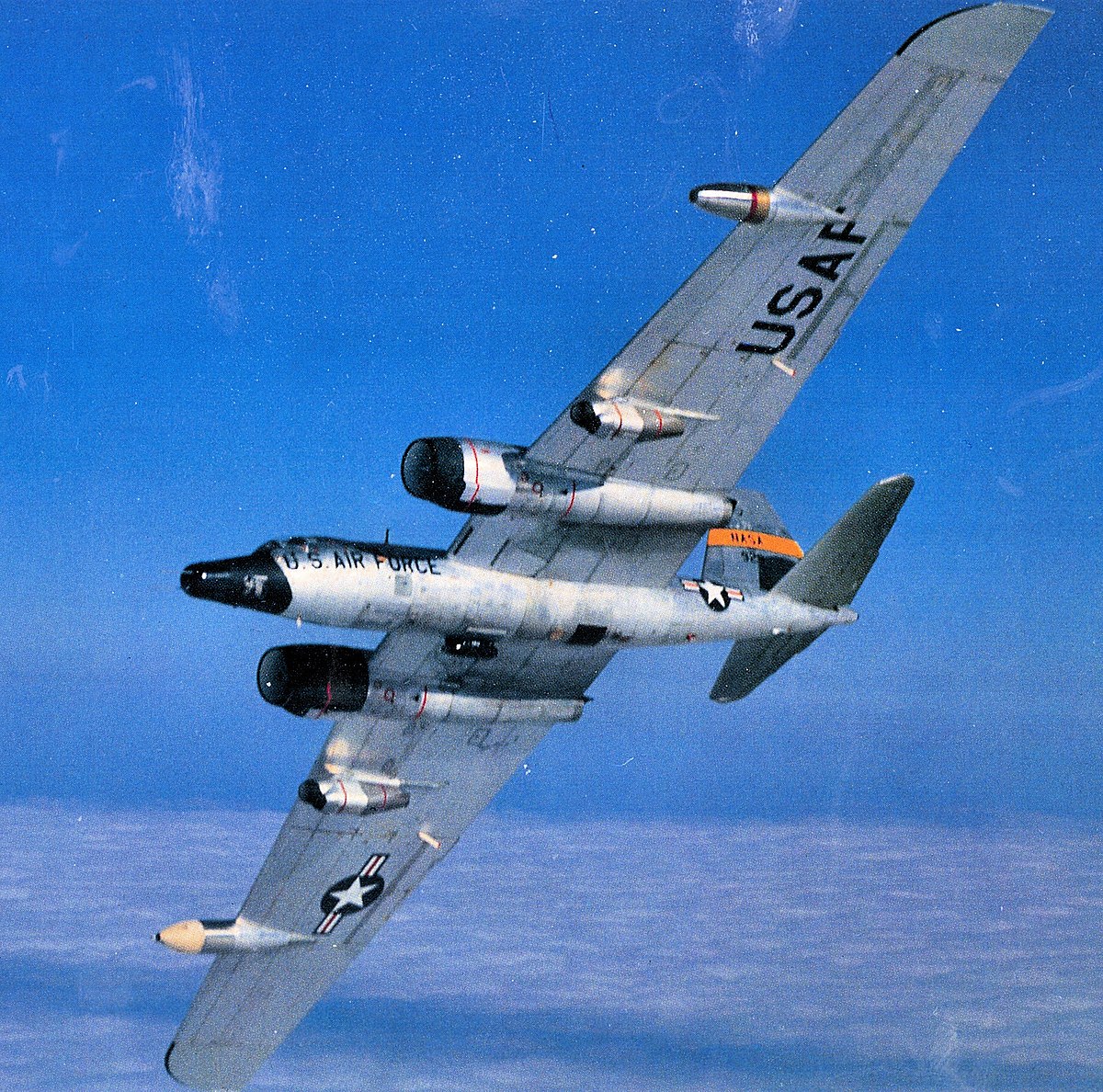TenEleven
Well-known
Maybe not as shockingly rare as some other things shown here, but still very interesting. The "legendary" Half-Sonnar. The Tokyo Kogaku Topcor 50/1.5, second version. The front group is a typical Sonnar, the rear group is that of a double Gauss. It is worth to point out that the curvatures of the lens are in the same direction compared to the cemented doublet of a f/2 Sonnar, but are of a much stronger value. And of course in typical double Gauss style the Topcor has a rear convex lens, which is of a surprising size and goes almost all the way to the RF cam.

Four way comparison. These lenses are from various makers so curvatures shouldn't be taken as matter-of-fact. We're talking archetypes here.


You can see that the lens is quite a bit stout compared to most double Gauss types, at the same time being a bit longer than say the Nikkor 50/1.4 LTM.

This is speculation on my part, but it seems possible that the aperture value of f/1.5 might not have been due to the lens "Sonnar-ness" but Tokyo Kogaku simply hitting the boundaries of what could be done with the throat-size of the Leica Thread Mount. Native Sonnar lenses, by comparison, have a much smaller rear diameter and face less issues in this area, hence a lot of the early super-speeds (Zunow 1.1, Fuji 1.2) being Sonnar types.
The rendering is quite detailed sharp in the center from wide open. There is considerable (spherical aberration?) glow at the wider apertures. It might be also due to my copy not being the best. It covers a larger area than with a typical Sonnar design, but the contrast and therefore impact of the flare itself is lower. Imaging contrast is also on the low side and coma is well controlled. Stopping down improves peripheral resolution quickly but does little for the center resolution or contrast which stay flat. There is no distortion that I can see, the very slight pincushion distortion common with early 50/1.5 Sonnars is absent.
The defocus has sharp outlining in highlights, atypical, but not unheard of for Sonnar designs (Russian and war-time Sonnars sometimes have it as they try to further correct for Spherical aberration) with the highlight shape becoming cats-eye like akin to typical double Gauss lenses approaching the corners. The focus fall-off is a strange hybrid of Sonnar and Gauss. Gone are the Sonnar typical "melting" backgrounds - background elements retain their shape and texture, however the focus fall-off is Sonnar like and very gradual with no clear delineation of the focal plane.
I would be interested to know if @Sonnar Brian (or anyone else) has experiences with it.
My copy is not the prettiest with quite a bit of scratches on the front, otherwise clean optically after I took it apart and reset the aperture. It has been well used, this I was happy to pay quite a bit less than the usual asking price which would have been over budget for me.

Four way comparison. These lenses are from various makers so curvatures shouldn't be taken as matter-of-fact. We're talking archetypes here.


You can see that the lens is quite a bit stout compared to most double Gauss types, at the same time being a bit longer than say the Nikkor 50/1.4 LTM.

This is speculation on my part, but it seems possible that the aperture value of f/1.5 might not have been due to the lens "Sonnar-ness" but Tokyo Kogaku simply hitting the boundaries of what could be done with the throat-size of the Leica Thread Mount. Native Sonnar lenses, by comparison, have a much smaller rear diameter and face less issues in this area, hence a lot of the early super-speeds (Zunow 1.1, Fuji 1.2) being Sonnar types.
The rendering is quite detailed sharp in the center from wide open. There is considerable (spherical aberration?) glow at the wider apertures. It might be also due to my copy not being the best. It covers a larger area than with a typical Sonnar design, but the contrast and therefore impact of the flare itself is lower. Imaging contrast is also on the low side and coma is well controlled. Stopping down improves peripheral resolution quickly but does little for the center resolution or contrast which stay flat. There is no distortion that I can see, the very slight pincushion distortion common with early 50/1.5 Sonnars is absent.
The defocus has sharp outlining in highlights, atypical, but not unheard of for Sonnar designs (Russian and war-time Sonnars sometimes have it as they try to further correct for Spherical aberration) with the highlight shape becoming cats-eye like akin to typical double Gauss lenses approaching the corners. The focus fall-off is a strange hybrid of Sonnar and Gauss. Gone are the Sonnar typical "melting" backgrounds - background elements retain their shape and texture, however the focus fall-off is Sonnar like and very gradual with no clear delineation of the focal plane.
I would be interested to know if @Sonnar Brian (or anyone else) has experiences with it.
My copy is not the prettiest with quite a bit of scratches on the front, otherwise clean optically after I took it apart and reset the aperture. It has been well used, this I was happy to pay quite a bit less than the usual asking price which would have been over budget for me.
Last edited:











